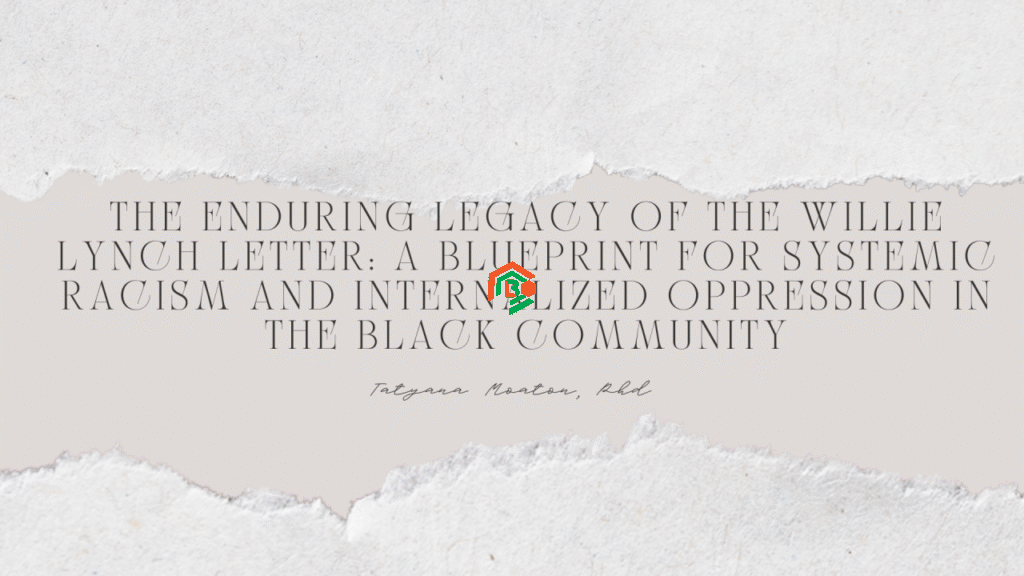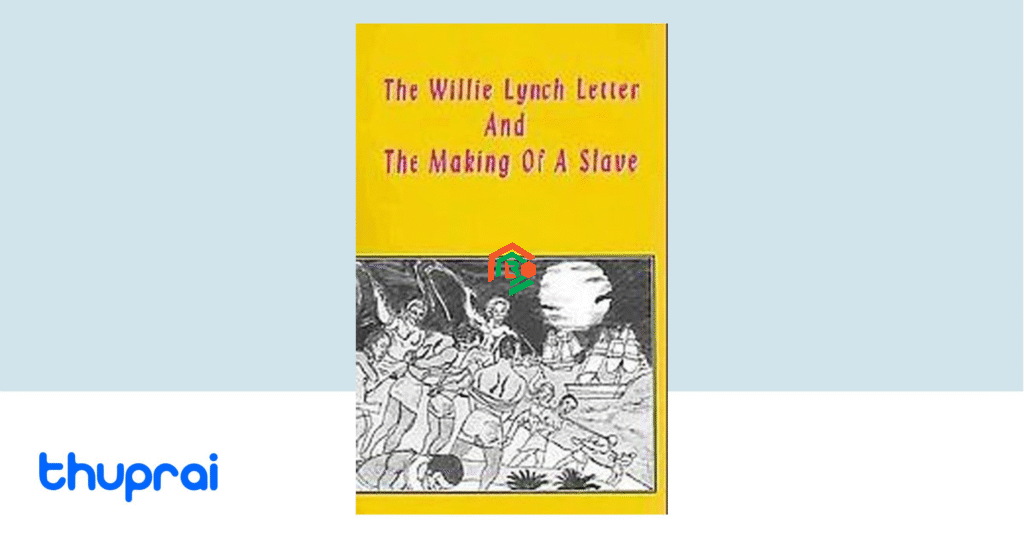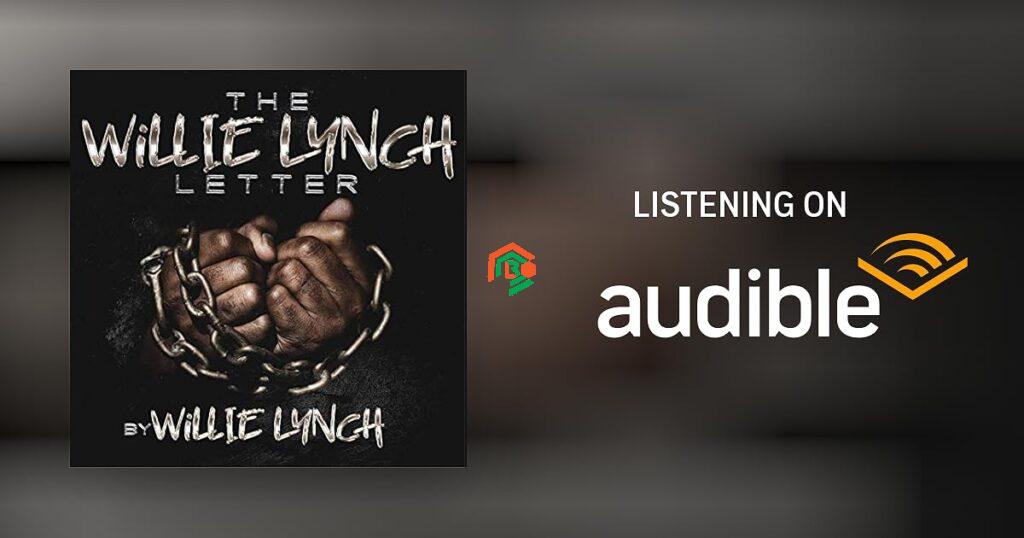The Willie Lynch Letter is one of the most talked-about writings connected to American slavery. Many people believe it holds secrets about how slave owners tried to keep power over people. While some think the letter is real, others say it’s not. Still, the ideas inside it have a big impact today, especially when we talk about racism, division, and control. This article will help you understand what the letter says, where it came from, and why people still care about it so much, even after hundreds of years.
What Is the Willie Lynch Letter?
The Willie Lynch Letter is said to be a speech given in 1712 by a man named Willie Lynch on the banks of the James River in Virginia. In this speech, he told slave owners how to control their slaves better by using certain cruel strategies. The letter talks about using fear, distrust, and division to keep people under control.
Even though no one has ever found an original copy from the 1700s, this letter became popular in modern times, especially in the 1990s and early 2000s. It spread across schools, online forums, and speeches because many people felt it described the pain and division still found in the Black community today.
The main keyword here is “The Willie Lynch Letter”, and related keywords include Willie Lynch theory, Willie Lynch speech, slavery control methods, and mental slavery America.
Who Was Willie Lynch?
Willie Lynch is said to have been a British slave owner from the West Indies who was invited to Virginia in 1712 to share his method of controlling slaves. According to the story, he had developed a system so cruel and effective that he was asked to teach other slave owners how to use it.
However, there is no historical record of a person named Willie Lynch who actually gave such a speech. The name “Lynch” may even be linked to the word “lynching,” a brutal act of violence that became common in the 19th and 20th centuries. This has made some people believe that the story was made up to draw attention to ongoing problems in society.
Still, whether he was real or not, the message in the letter has stuck with people because it seems to reflect real pain and real problems.
Why Is This Letter So Famous?
One reason the Willie Lynch Letter is so famous is that it talks openly about how division was used to control people. Many readers are shocked by how cold and calculated the speech is. It explains breaking the unity of a group and keeping people fighting with each other to stop them from fighting back against injustice.

The letter uses terms like:
- Young vs. old
- Dark-skinned vs. light-skinned
- Male vs. female
- Slave vs. slave
These ideas seem to describe the ways in which racism, colorism, and sexism still divide people today. That’s why so many activists, teachers, and thinkers bring up this letter when talking about problems in the Black community and beyond.
What’s in the Letter?
The Willie Lynch Letter includes instructions for slave owners. It suggests turning slaves against each other using differences in age, skin tone, gender, and status. The goal was to keep slaves from working together or organizing. According to the letter, if done right, this strategy could keep slaves under control for hundreds of years.
One part of the letter says:
“If used intensely for one year, the slaves themselves will remain perpetually distrustful.”
This one sentence shows the level of manipulation and mental damage intended. The letter suggests that mental control is stronger than physical chains.
Why People Share It Today
People share the letter today because its ideas still feel relevant. Many think that division still happens in families, schools, churches, and communities. The letter is a warning about how easy it is to break people apart using fear and distrust.
Activists often refer to the letter when discussing modern racism, systemic oppression, and social injustice. They use it to show how past trauma continues to affect people mentally and emotionally, long after slavery was abolished.
Truth or Myth?
Many historians say the Willie Lynch Letter is a myth. They point to several reasons:
- The writing style is too modern for 1712.
- Words like “self-refueling” weren’t used at that time.
- No original version exists from the 18th century.
- No record of Willie Lynch visiting Virginia in 1712.
Even if the letter is not historically true, the emotional truth behind it resonates. Many people say it doesn’t matter if Willie Lynch was real — what matters is that the division and pain described in the letter are very real.
What Does the Letter Say About Control?
The letter explains how control can last for generations, not just through violence but through mental manipulation. It says the key to long-lasting control is making people distrust each other and themselves.
The author describes how to create division by using simple differences like age or skin tone and turning them into reasons for hate. By keeping people divided, they would never unite and rebel.
For example, the letter suggests:
- Making younger slaves disrespect older ones.
- Giving special treatment to light-skinned slaves over darker ones.
- Turning male slaves and female slaves against each other.
This kind of manipulation weakens people’s unity and keeps them from fighting back. That’s why many people today say the real battle is in the mind — breaking mental chains is harder than breaking physical ones.
Is the Letter Real or Fake?
Most experts agree that the Willie Lynch Letter is fake. There’s no record in American or British history of the speech being given. The language in the letter sounds like something written in the late 20th century, not in the early 1700s.
However, even though the letter might not be real, it became popular because it feels true. Many people say it explains what they see in society — division, colorism, broken families, and distrust in the Black community.
So, even if it’s not a real speech, the message has power because it reflects real struggles.
Why Do People Still Talk About It Today?
People still talk about the Willie Lynch Letter because the message hits hard. It helps explain why some problems from slavery are still here today — like mistrust, self-hate, and lack of unity.

It’s a Warning
The letter is a warning about how division can destroy a community. If people are tricked into fighting each other, they can’t stand up to bigger problems. This warning makes the letter a tool for thinking deeply about society today.
It Makes People Think
The letter pushes people to ask hard questions:
- Why are people still divided by skin tone?
- Why is there so much distrust in some communities?
- Are these problems from the past still affecting us?
Even though it might not be true, the letter makes people stop and think. That’s why many use it in schools, speeches, and discussions about race and unity.
It Teaches Us Lessons
The biggest lesson from the letter is that unity is powerful. When people work together, they can fight back against any form of control. But when they are divided, they are easier to silence and control.
The letter teaches us that mental chains are the hardest to break. Real freedom means freeing your mind from old ideas that hurt you.
How Can We Learn From This Letter Today?
Today, the Willie Lynch Letter teaches us to recognize division and fight against it. We can learn to:
- Build unity across differences.
- Support each other instead of judging each other.
- Stop believing lies that say one group is better than another.
Even though the letter might be a myth, the lessons are real. We must work on healing, togetherness, and mental freedom if we want a better future.
The Bottom Line
The Willie Lynch Letter might not be a real document from history, but it has touched millions of lives. It shows how powerful fear, division, and mistrust can be — and how long their effects can last. Whether it was written in 1712 or 1970, the words in the letter still make people think, reflect, and act.
At the end of the day, the Willie Lynch Letter is a reminder: unity is strength, and breaking mental chains is the first step toward real freedom. If even a 10-year-old can understand this story, they can also understand why kindness, togetherness, and truth matter more than ever.


